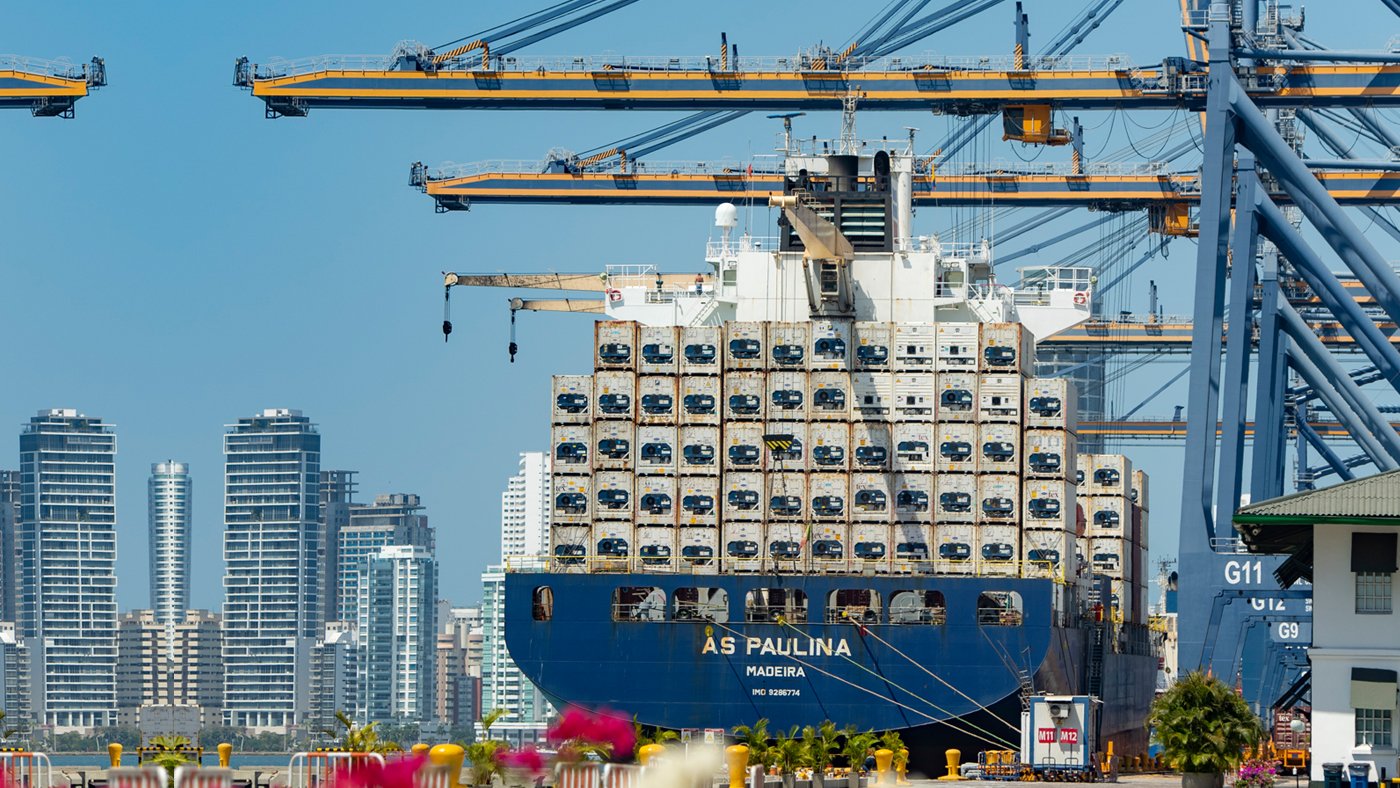ENVIRONMENTAL SUSTAINABILITY IN PORTS
Sustainability is the ability to continue a given behavior indefinitely. Hence the concept of environmental sustainability as the conservation and protection of the environment indefinitely.
According to the United Nations World Commission on Environment and Development in 1984, environmental sustainability consists of acting in a way that ensures that future generations will have sufficient resources available to have the same quality of life, or better, than present generations.
It is possible to find several definitions and this can generate uncertainty about the role of individuals, society and business in ensuring it.
This contributes significantly to the resolution of current problems by preserving the resources used in the growth and development of the economy. One of the most relevant actors for such development are the ports, so it is of vital importance to analyze the role they play.
Ports play an important role in achieving environmental sustainability by being nodes of connection of the supply chain and protagonists of the global village, connecting countries and markets. It is estimated that at least ninety percent of goods are transported by sea, and this is the least polluting and least energy-consuming mode of transport.
The operation of port terminals and related cargo and passenger services is a clearly identified source of pollution. The impact of these operations must be analyzed in order to implement measures to mitigate their effects on the environment.
Port sustainability is the business strategies and activities that meet the current and future needs of ports and all stakeholders, while protecting and maintaining natural resources and the welfare of humanity (Contreras Lisperguer, 2010).
Reconciling these two concepts raises the question: how can we design and implement port operations to ensure that they are environmentally sustainable?
Designing port operations with environmental standards and ensuring their compliance during their execution ensures that a significant percentage of the world economy is environmentally sustainable, meeting the challenges inherent to globalization and economic openness.

Some of the strategies for designing environmentally sustainable port activities are as follows:
- Define port policies with a focus on environmental sustainability, including planning, monitoring and evaluation of environmental variables.
- Analyze the environment and design resilient activities, processes and operations that can adapt to changes.
- Design and build port infrastructure with environmental protection standards, with analysis of the impact of construction and subsequent operation on the flora and fauna of the areas of interest of the port terminals.
- Implement environmental protection standards in operations.
- Design and adapt operations by implementing measures focused on mitigating climate change.
- Properly manage the waste generated by the activities and collected from the vessels, complying with national and international regulations established for this purpose.
- Define procedures to deal with emergencies that may affect the environment and carry out drills and practices to evaluate the response to such emergencies.
- To work in the construction of bilateral alliances with academia, to keep the port sector updated and to have trained professionals.
- Make Sustainability Reports to stakeholders, based on international standards, as a good transparency practice.
If ports are committed to designing and implementing strategies and carrying out their port management by thinking beyond the economic and financial viability of their activities, optimizing their activities and processes, and maintaining environmental management standards in their operations, they will contribute to the sustainable development of cities and their connection nodes.
#OrgullosamenteMAMLa #ProudlyMAMLa #MujerMaritima #WomenInMatitime #Seafarers #Shipping #Ports #Economics #Policy #Management #MaritimeIndustry #StrategicAlliances #Partnership #Team #WomenEmpowerment #DesarrolloSostenible #SustainableDevelopment